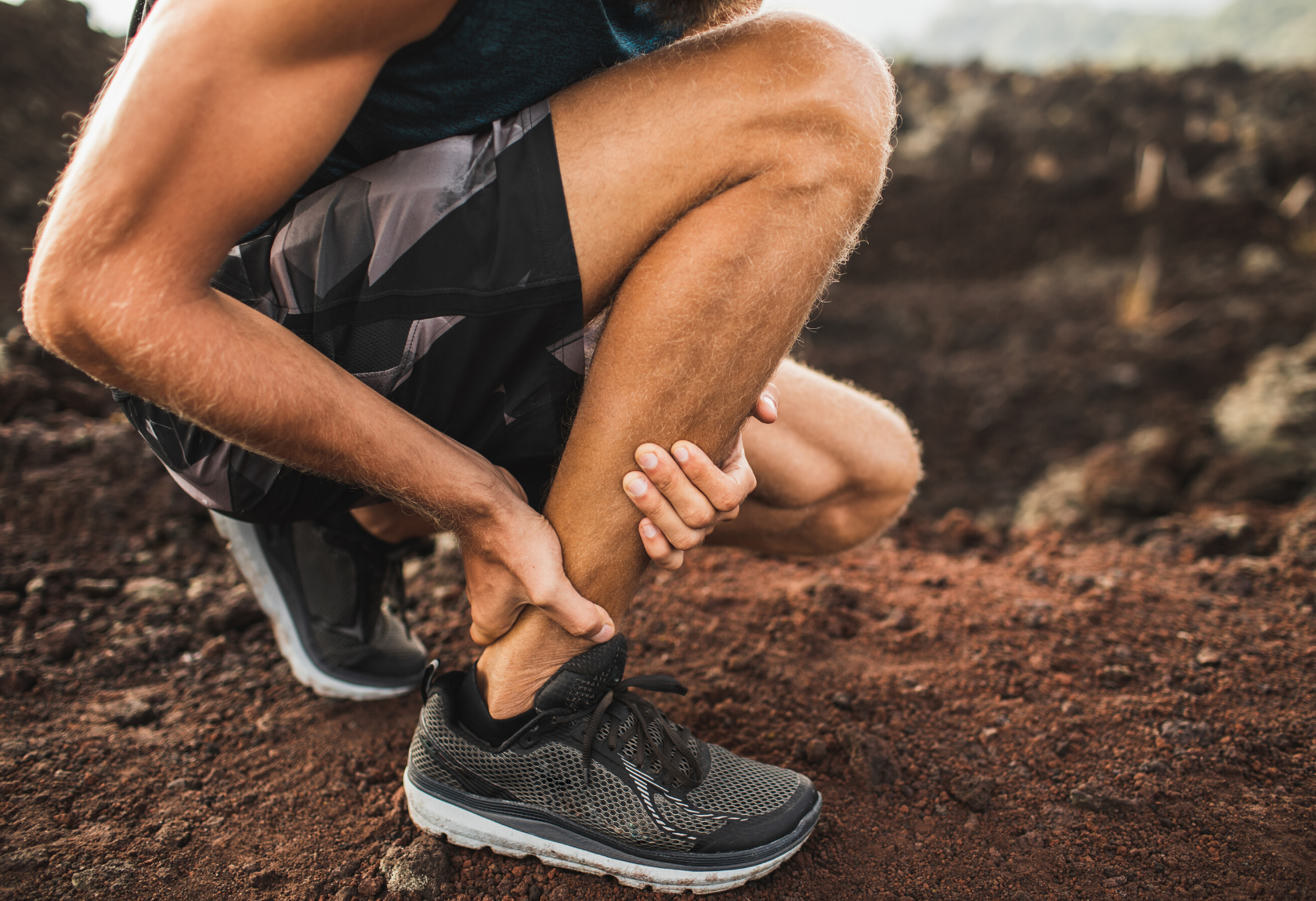Achilles tendinopathy is the term used to describe an overuse injury of the Achilles tendon which usually involves structural changes to the tendons collagen fibers and can involve inflammation surrounding the tendon.

Anatomy:
Tendons attach muscle to bone. The Achilles tendon is one of the largest tendons in the body, attaching both calf muscles (gastrocnemius and soleus) onto the heel bone (calcaneus). This band of connective tissue, mostly made up of collagen fibers, can become painful when subject to repetitive changes in load. Typically tendons do not have a good blood supply in comparison to other tissues in the body; subsequently any healing is done on a much slower timeframe.
Symptoms:

Symptom severity can vary depending on the length of time the tendinopathy has been present and the amount of load the tendon has been subjected to once it is aggravated. Often those suffering from an Achilles tendinopathy will feel stiffness and pain into the heel/calf which is more common in the morning or after a prolonged rest period. Symptoms can ease with movement (it feels as if the injury “warms up”), however the tendon often reaches a threshold point with activity and can become symptomatic again. Swelling and redness may or may not be seen over the injury site.
Diagnosis:
A physiotherapy can quickly diagnose tendinopathy from other injured structures often from a history of the injury alone. MRI and ultrasound can indicate structural changes in the tendon collagen matrix, and can show potential inflammation in the tendon, but are usually unnecessary. When diagnosing an Achilles tendinopathy it is important to note what state the tendon is in. Research has indicated that there are three stages; these are reactive tendinopathy, tendon disrepair and degenerative tendinopathy.
Treatment:
Physiotherapy treatment will usually include a biomechanical review to ascertain how and why the Achilles is being overloaded. Exercise prescription to increase strength and length where appropriate will usually be given for long term management. Strapping, massage, heat/ice and electrotherapies can all be of benefit during the rehabilitation phase. Research has shown the most effective way to encourage the collagen fibres to reorganise themselves and tolerate load again, is through eccentric exercises. Eccentric exercise is the term used when a muscle fibre contracts and lengthens at the same time, rather than shortening. The timing of implementing these exercises is unique to the individual and injury state of the tendon – physiotherapists can expertly guide this process.



